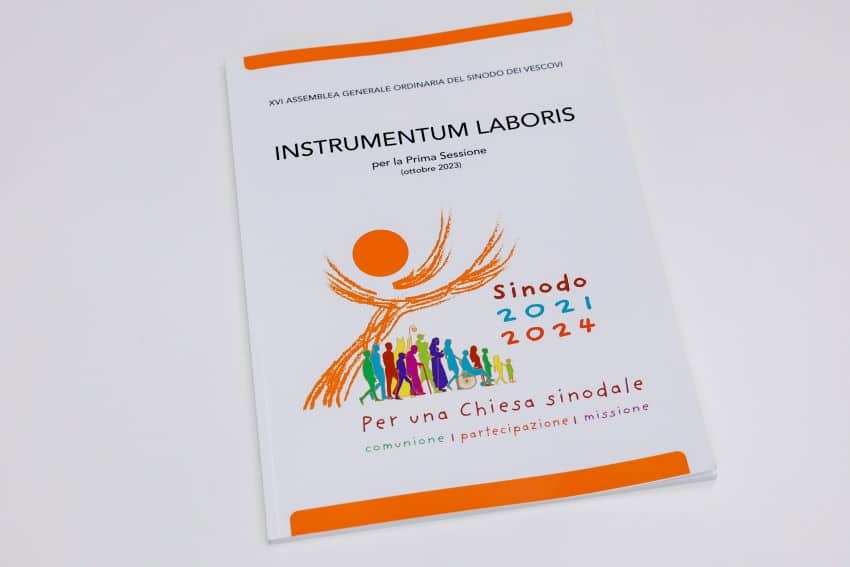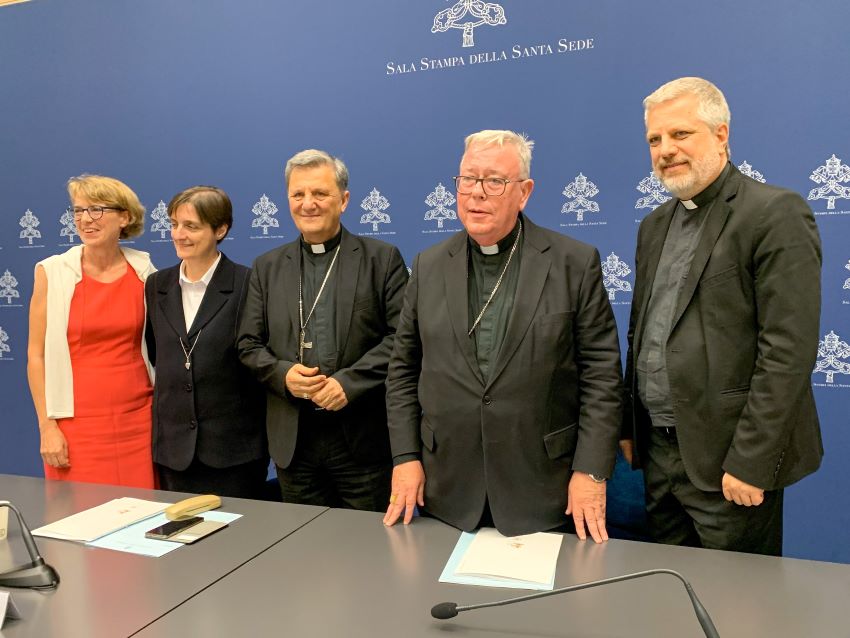
The first words of the Second Vatican Council’s Dogmatic Constitution on the Church—one of the council’s two most important texts—signaled a decisive development in Catholic self-understanding.
Rather than begin its reflection on the nature of the Church with “The Catholic Church is,” the council fathers chose to begin with a bold confession of Catholic faith: “Christ is the light of the nations”— after which the dogmatic constitution’s opening sentence committed the church to fulfilling the great commission of Matthew 28:19-20 by bringing the light of Christ to “every creature.”
With that opening sentence, the transition from the institutionally focused, ecclesiocentric Catholicism of the Counter-Reformation to the Christ-centered Catholicism of what John Paul II would call the “new evangelisation” was accelerated.
In response to the attacks mounted first by the various Protestant reformations of the 16th century, and then by the new European nationalisms that sprang up in the late 18th and 19th centuries, Catholicism came to understand and describe itself in primarily juridical or legal terms.
The church was the “perfect society,” possessed of all the authority necessary to govern itself and given the means to do so by its divine founder.
This concept of a “bastion church” over-against the world did not lack missionary energy, as the evangelisation of the Americas and parts of Africa and Asia demonstrate.
But the “perfect society” model suggested that we meet the Lord through the church—by “becoming a Catholic”— rather than meeting Christ, and through that encounter being incorporated into the church.
Along with the most creative theologians of the 19th and early 20th centuries, the fathers of the Second Vatican Council understood that this heavy emphasis on the church-as-institution was not evangelically effective in a modern world suspicious of all traditional authorities.
So in developing the Dogmatic Constitution on the Church, the council fathers followed the lead of Pope Pius XII (who had described the Church in primarily spiritual terms as the “Mystical Body of Christ”), and the theologians who had recovered the intellectual and spiritual riches of the first-millennium church fathers, by portraying the Church in biblical and Christ-centered images: the Church is the “sheepfold” and its people the “flock” tended by the Good Shepherd; the church is the “cultivated field” tilled by God, and a divinely planted “vineyard” in which Christ himself is the true vine; the Church is a holy temple, the “dwelling place of God among us;” the Church is the “spotless spouse” of the spotless Lamb of God, the crucified and risen Lord Jesus.

This recovery of biblical and patristic Christocentricity is one of the reasons why the living parts of the world church today are evangelically fruitful: they offer friendship with Jesus Christ, the incarnate son of God. And through that encounter, the converted and baptised (or, in some cases, the baptised and later truly converted) become a communion of disciples in mission.
Vatican II’s richly biblical, Christocentric theology of the church is notably absent from the working document (the Instrumentum Laboris, or IL) for the Synod on Synodality, which will meet in Rome in October.
The good people of Aleteia did a word scan of the IL and came up with some telling results. In the IL, the words “church” and “ecclesial” appear 484 times; “synod,” “synodal,” and “synodality” are used 342 times; “mission” and “missionary” are used 142 times; “process” is used 87 times.
By contrast, “Jesus” appears 14 times and “Christ” is used 35 times.
In the early period of his pontificate, Pope Francis warned the church against “self-referentiality”—always talking about ourselves—which the pope rightly declared an obstacle to bringing Christ, the light of the nations, to the world.
Yet the world synodal process since 2021 has been a colossal exercise in self-referentiality, as the word-count of Synod-2023’s IL (which sums up that process) makes unmistakably clear.
So was the German “Synodal Path,” along which vast amounts of time, energy and money were spent discussing aspects of Catholic faith and practice that are admittedly challenging in today’s Western culture, but that are not going to change because they are part of the deposit of faith.
What evangelical purpose will be served by more “listening” to what the IL suggests will be identical contestations at Synod-2023? How does any of this bring the light of Christ to the nations?
The synodal assembly in October will have to rescue the synod from its working document. This was done in 2014, 2015, and 2018. It can and should be done again, in fidelity to the spirit and letter of Vatican II.
